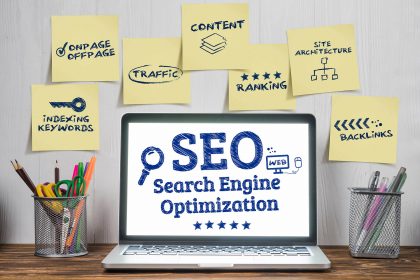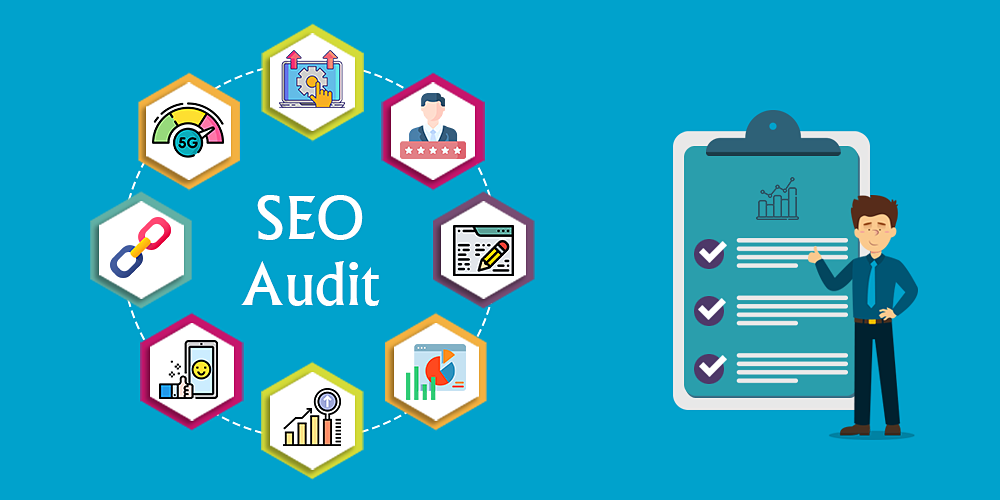If you have a website and want to see immense results regarding website performance. Then perform an SEO Web Audit. Analyze the web results if necessary to improve your website’s errors and resolve them. However, make sure to resolve it all, and maximize the web performance results. For a complete SEO website audit, there are some things that you should consider for a web audit.
Let’s get started it:
Usability:
First, examine a complete website performance. Website performance includes web speed, load time, website responsiveness, etc. Analyze the website UI interface. Is it mobile-friendly??
For better SEO results, it is mandatory that the website speed and performance should be good. Therefore, the website must be secure, and mobile-responsive. The website is easier to navigate.
On-Page Optimization:

On-page optimization means everything on the website. Therefore, make sure to examine each and everything regarding SEO purposes. Do the SWOT analysis of your website as well as your competitor’s website for better SEO results. Track your web and your competitor’s web strengths, weaknesses, opportunities, and threads.
Analysis of the SEO On-page under these criteria:
- Every page should be unique and authentic
- Analyzed Website titles, tags, images, web descriptions, or product descriptions.
- Check the website H1 tags to H7 Tags, If it is not properly optimized, then Set the web heading tags.
- Website content should be unique and make sure there are no grammatical or spelling mistakes.
- Test the website content did not use keyword stuffing.
- Target the right audience according to your niche keywords.
- Inbound and Outbound links
Technical SEO:
This is part of an On-page SEO, but a lot of people consider it as a separate part from on-page SEO. Technical SEO tested and analyzed the website indexing status. However, which means is it search engines enable to crawl and index a website or not?
Things we should consider on Technical SEO:
- Website crawl and indexing status
- Website structure data
- Test the duplicate web content
- Hreflang
- XML Sitemap – This means checking and analyzing if the website sitemap was created before. Furthermore, check the last date when the sitemap was registered. Besides this, if it is not created and submitted before, Then create it and submit it to google.
Content:
This phase describes, is the content on your website is relevant to your niche. Website content and all data should be unique and relevant. Each piece of information shared on the website should valuable and authentic. Because relevancy does matter a lot.
Backlinks Audit:
Backlinks determine how much a website gets link juice from other authentic websites. Backlink audits describe the links, that point to your website. It explains everything about website potential links, about the high-quality links structure. Domain authority of your website on search engines. This backlink audit helps you to rank better according to your niche keywords.
Keywords:
While analyzing On-page Optimization, check the website rank keywords status using tools. If you already find out ranked keywords on ggoogle’s3 to 4 pages you can better rank the websites on the search engine’s first page.
Local SEO:
If the website is targeting a local audience, it’s important to check for proper use of local censures ensuring that the website is listed in relevant local directories.
Social media:
This involves checking the website’s presence on social media platforms and ensuring that it is active and engaging with its followers.
Google Analytics:
Analyzed if your website is connected with google analytics. If not make sure to connect the website with google analytics. On Google Analytics, you can track your website performance, daily traffic on your website, and website organic ranked status.
Conducting an SEO audit can be a complex and time-consuming process, but it is an important step in ensuring that a website is optimized for search engines and provides a good user experience.
